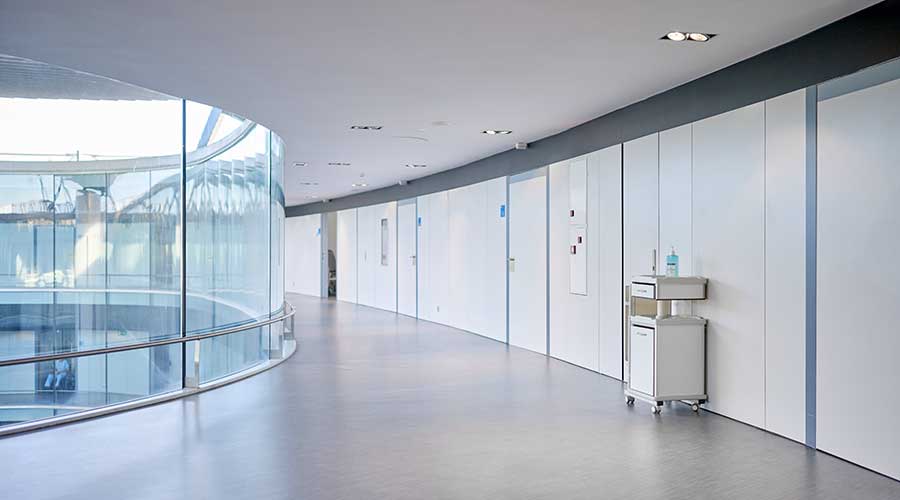Smoke purge systems are not required in windowless anesthetizing locations by the 2012 edition of NFPA 99, Health Care Facilities Code.
The persistence of language tied to smoke purge in case of fire in windowless anesthetizing locations is a "relic" of a time when "the use of flammable anesthetics was common and therefore the fire hazards in these rooms was much higher," says Jon Hart, an associate fire protection engineer at the National Fire Protection Association in a blog on NFPA Today.
The requirement was not included in Chapter 9, Heating, Ventilating and Air Conditioning during the latest reorganization of NFPA 99. Though language regarding smoke purge in windowless anesthetizing locations existed in NFPA 56A as recently as the 2005 edition, and also previous editions of NFPA 99, the current technical committee on Mechanical Systems has proposed language for future revisions of the code to specifically clarify that smoke purge is not required in these locations, says Hart.
However, the code requirement persists for medical plume evacuation, as stipulated in section 9.3.9.
Read the post.

Smoke purge systems not required in windowless hospital operating rooms
Smoke purge systems are not required in windowless anesthetizing locations by the 2012 edition of NFPA 99, Health Care Facilities Code.
By Healthcare Facilities Today
January 31, 2013
Topic Area: Architecture , Safety
Recent Posts
 Healthcare Facilities Look to Future-Proof Facilities
Healthcare Facilities Look to Future-Proof Facilities
New buildings aren’t going to stay new forever. It is up to designers to consider the future with their designs
 Yale New Haven Health Experiences Data Breach
Yale New Haven Health Experiences Data Breach
At no point did this incident impact their ability to provide patient care
 Rethinking Facilities: A New-Generation Approach to Behavioral Healthcare
Rethinking Facilities: A New-Generation Approach to Behavioral Healthcare
Adaptive reuse of shipping containers offers a cost-effective, scalable solution for developing behavioral health facilities to address growing crisis
 ThedaCare to Open Medical Center in Fond du Lac, Wisconsin
ThedaCare to Open Medical Center in Fond du Lac, Wisconsin
The campus is 25,000 square feet, with an estimated $35 million investment
 UF Health Hospitals Rely on Green Globes to Realize Their Full Potential
UF Health Hospitals Rely on Green Globes to Realize Their Full Potential
Case study: The process encouraged the team to push themselves in several areas.